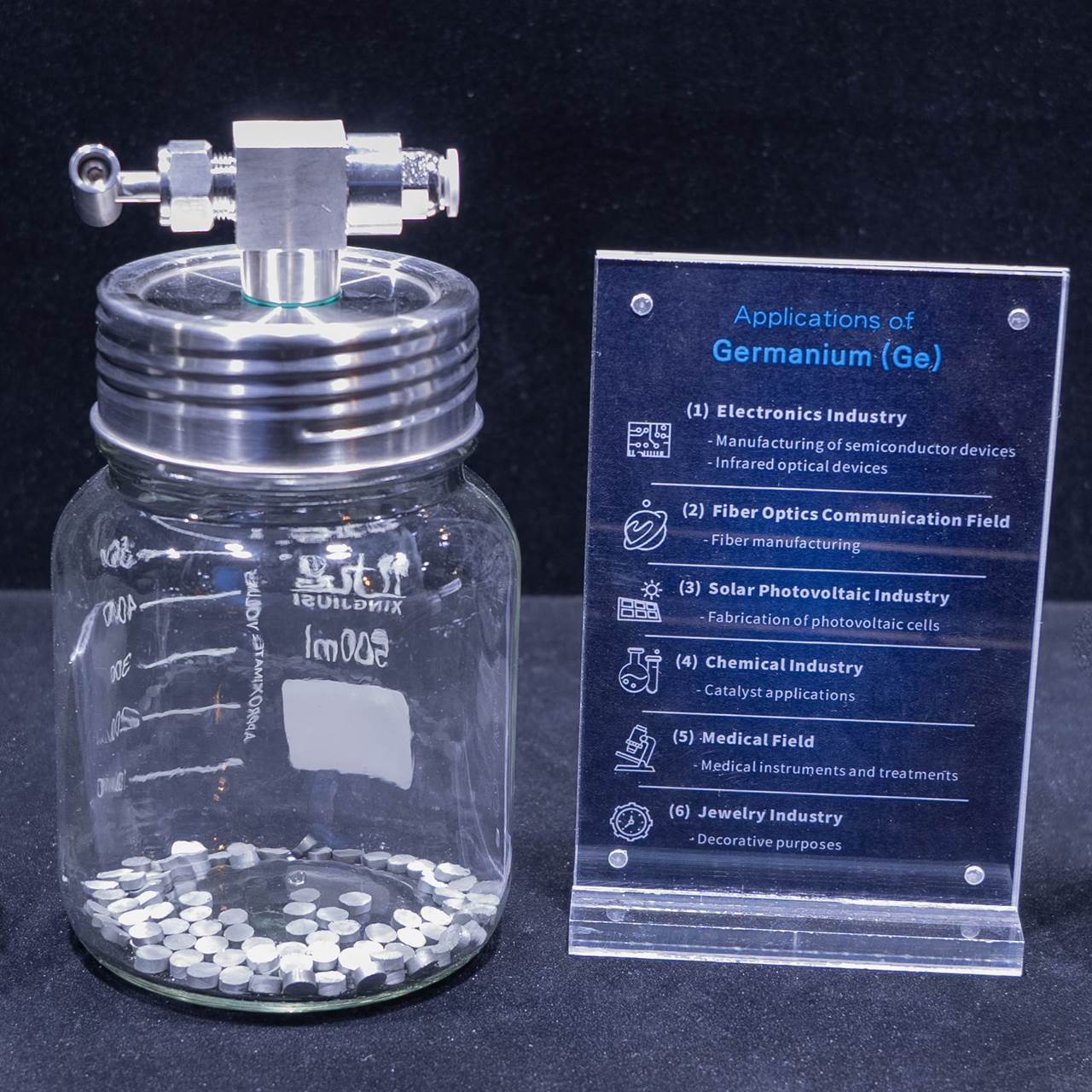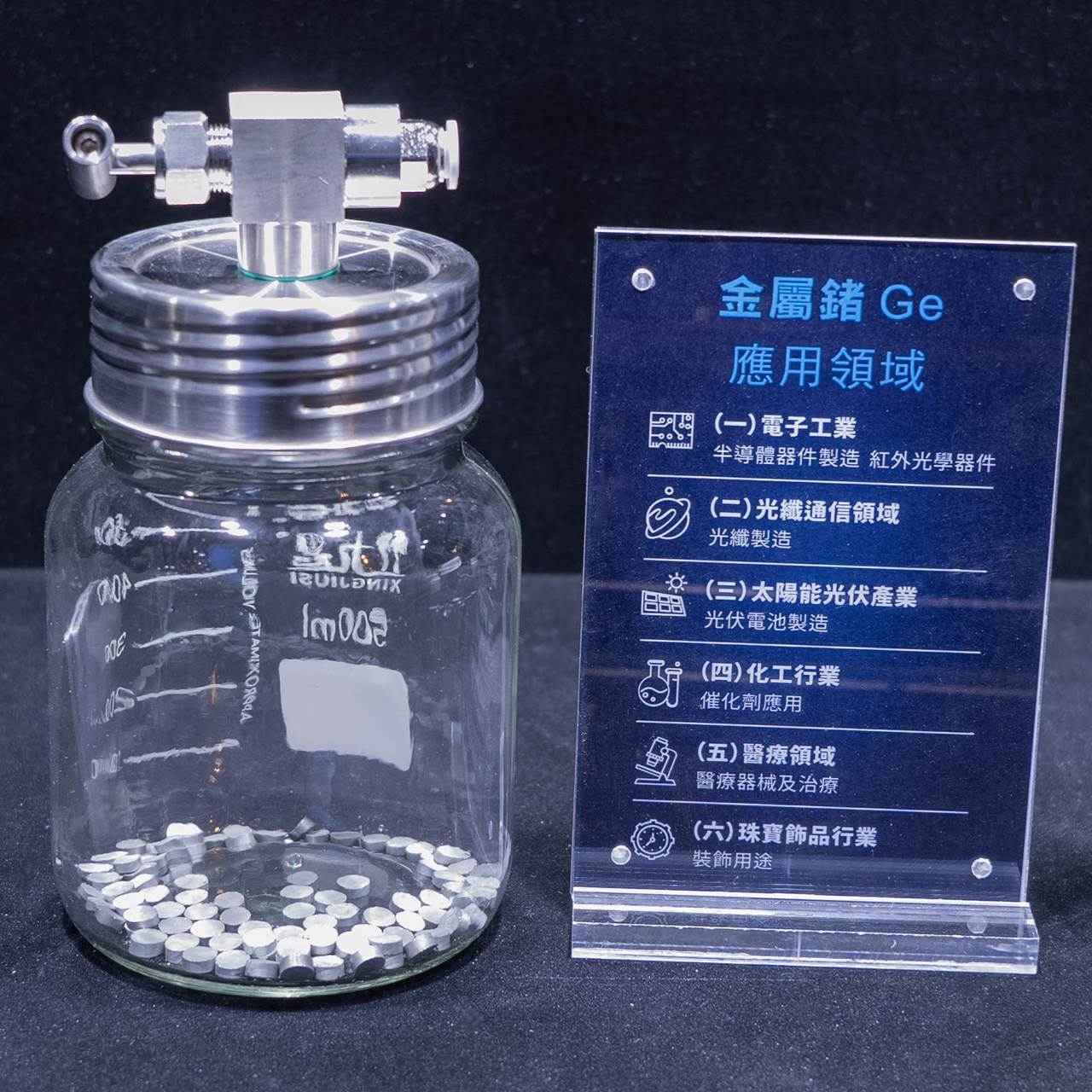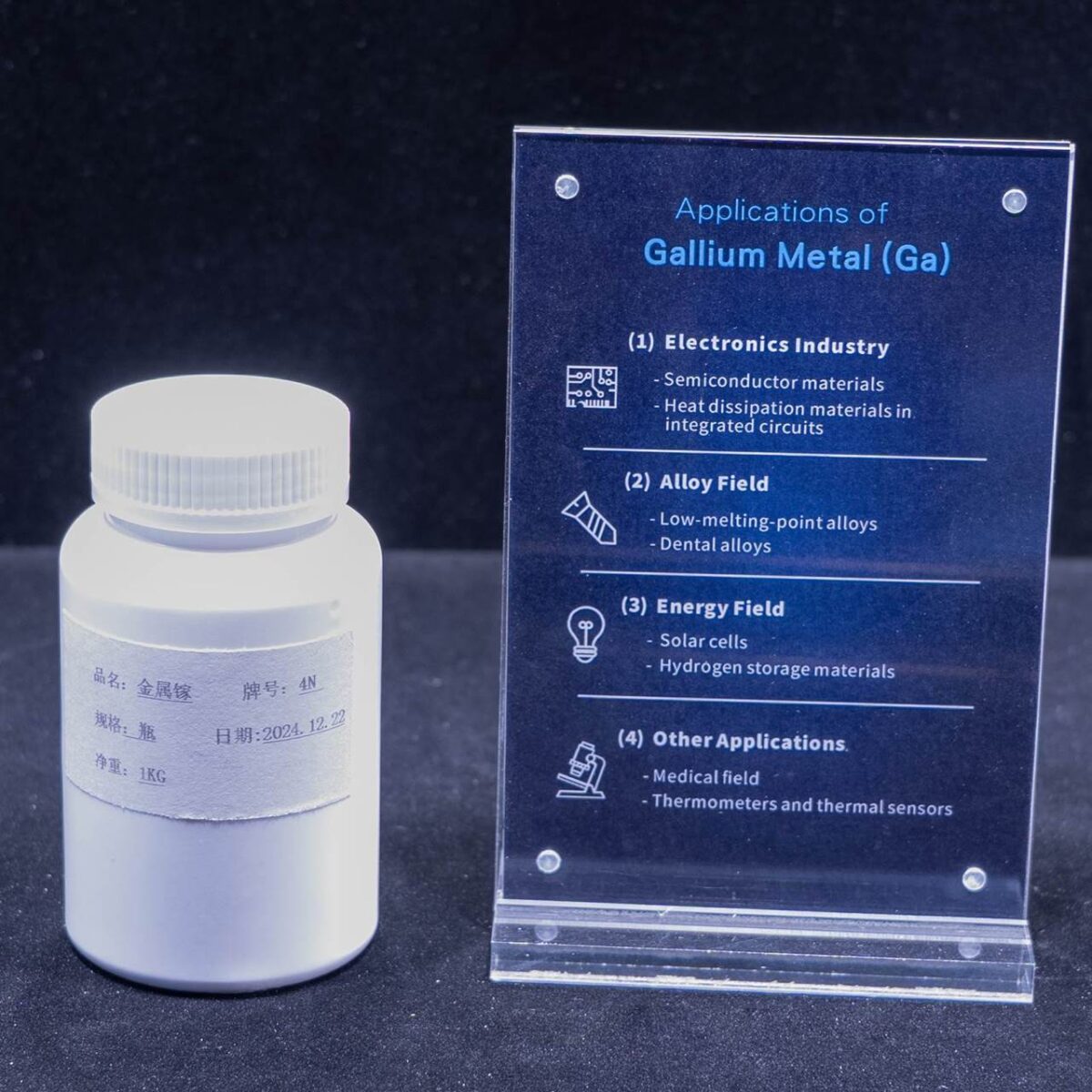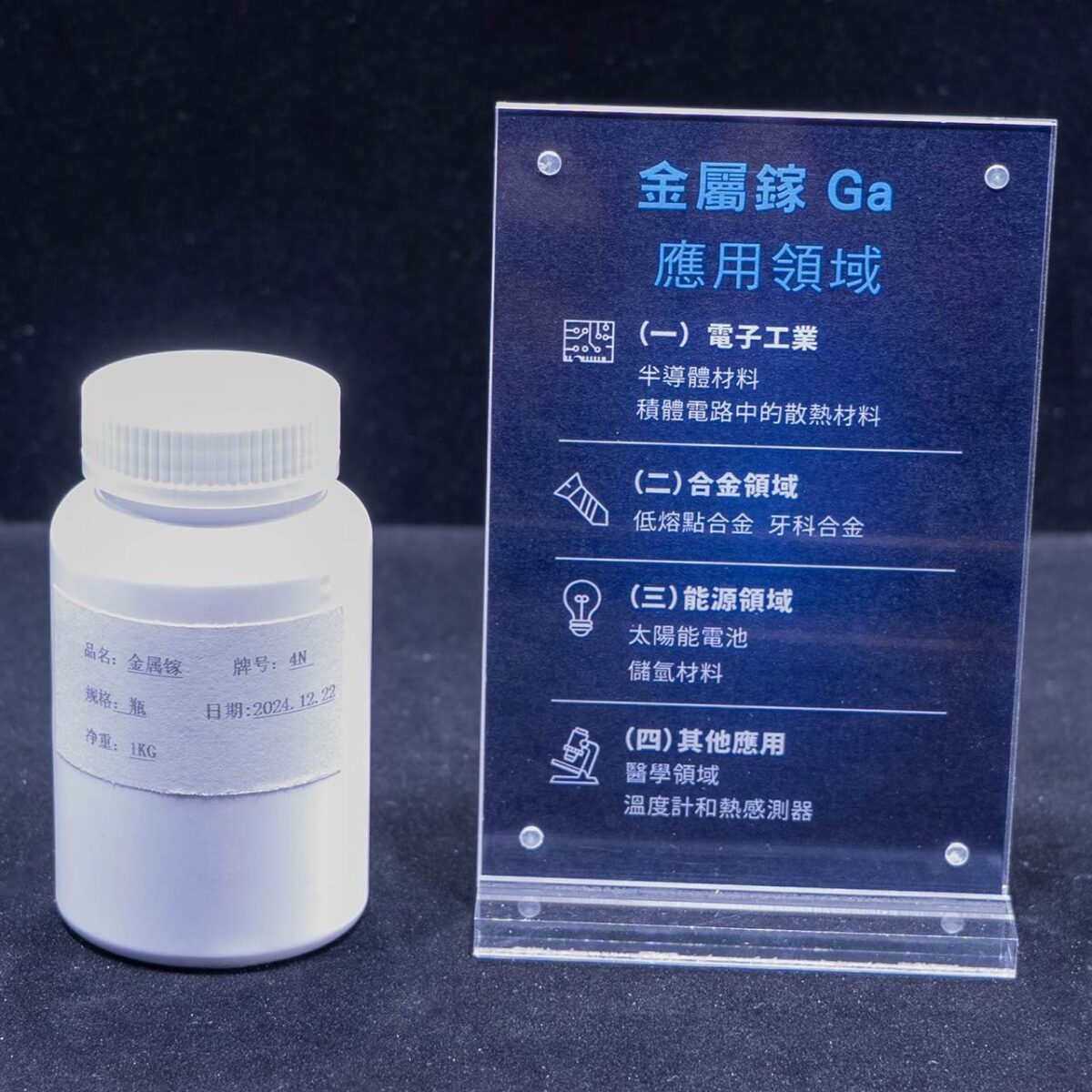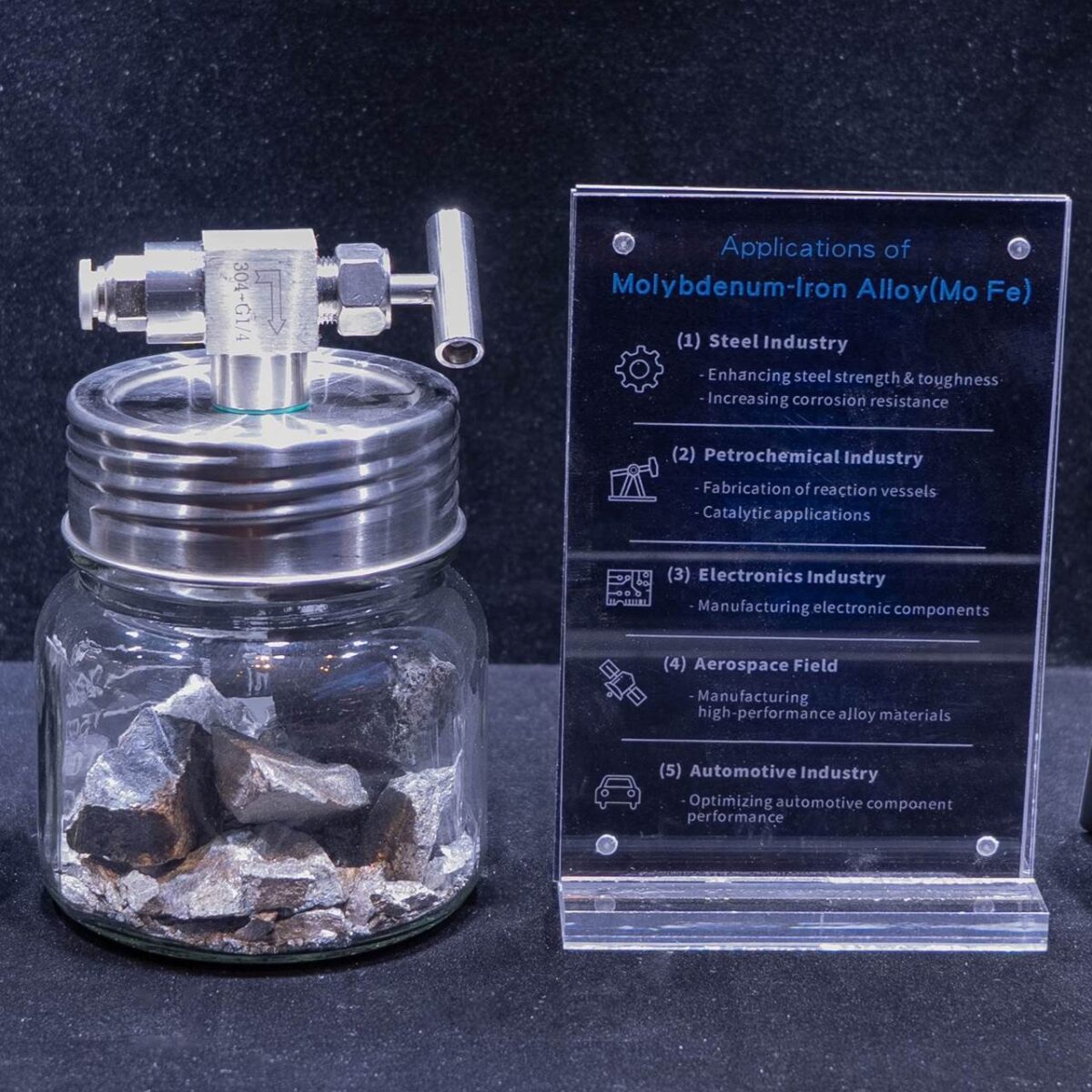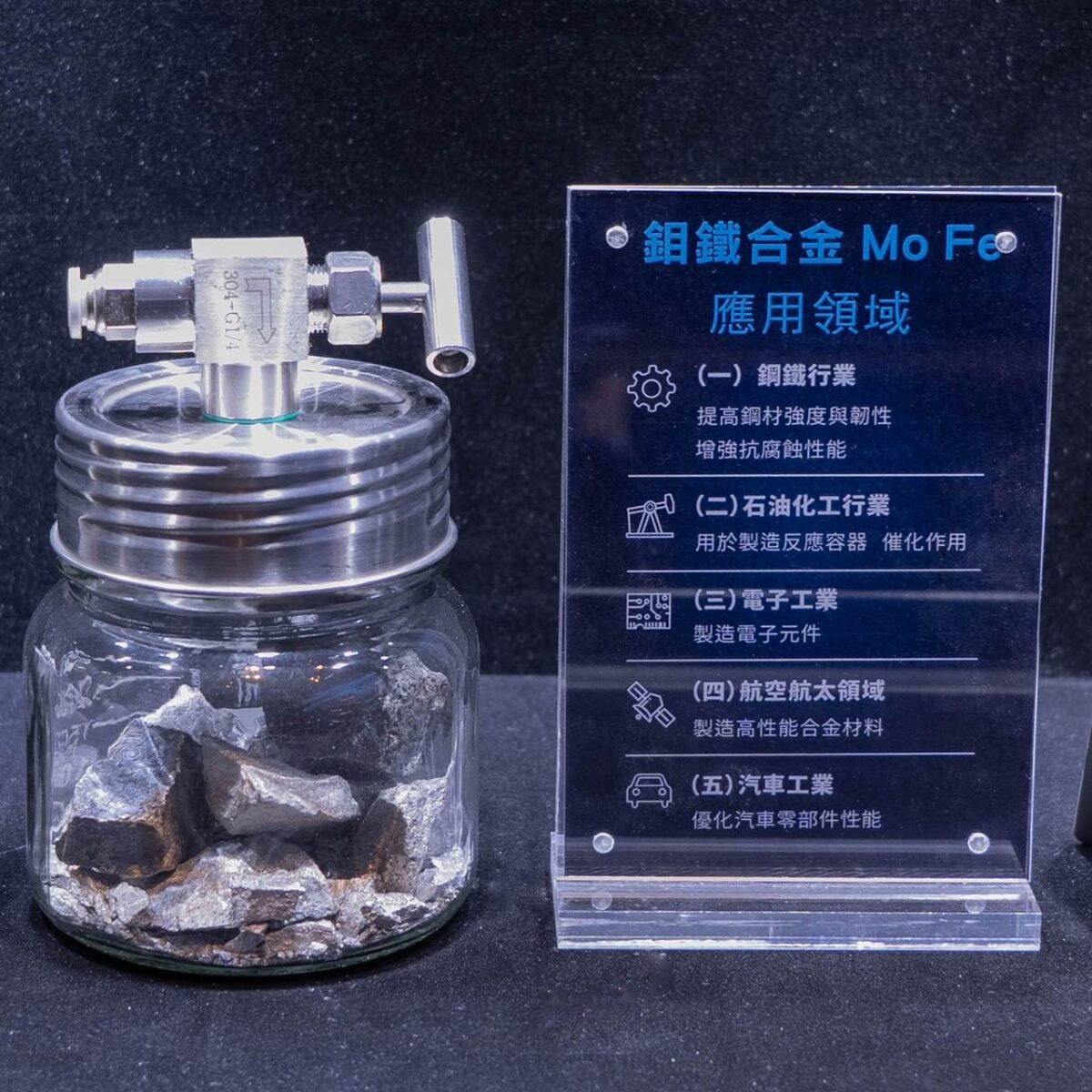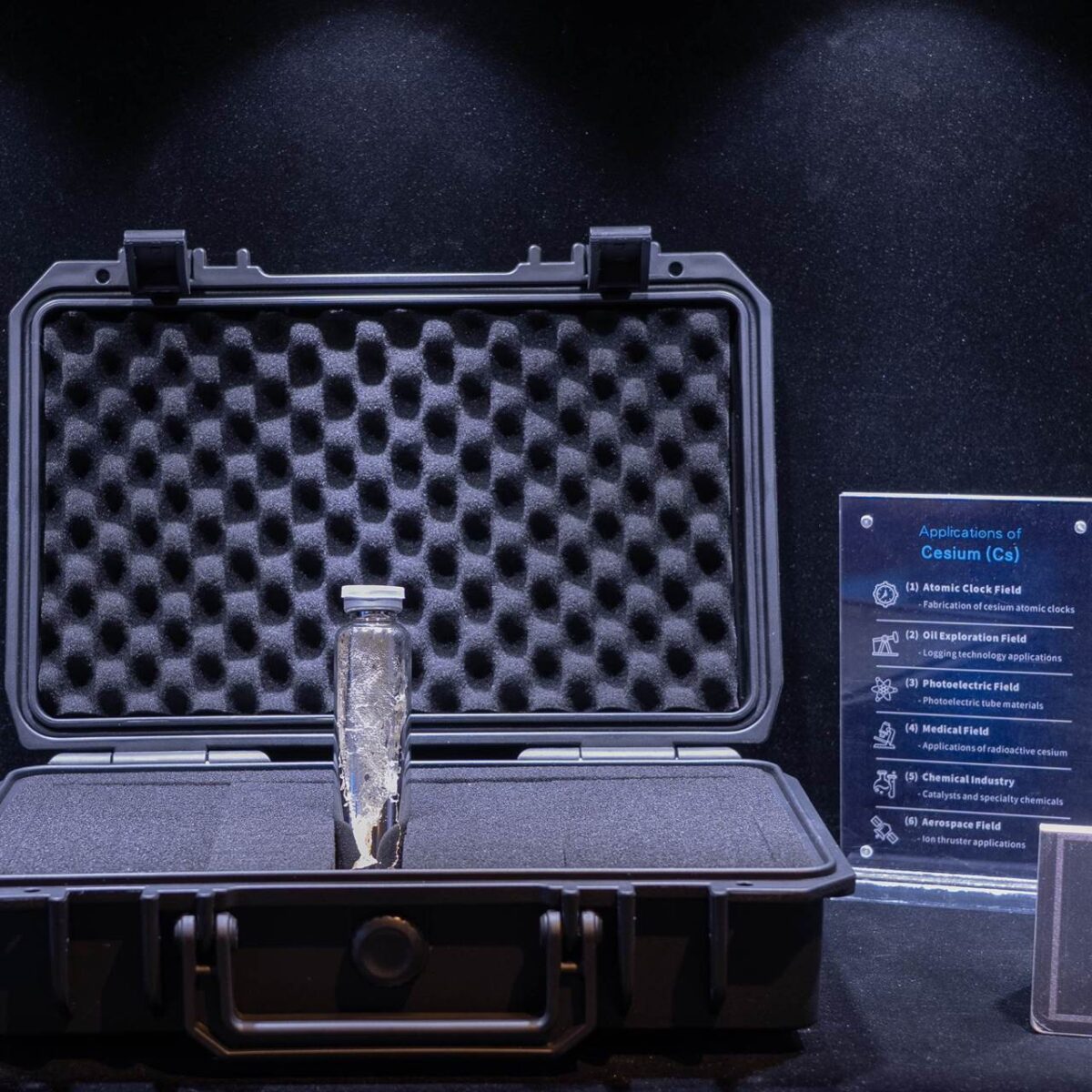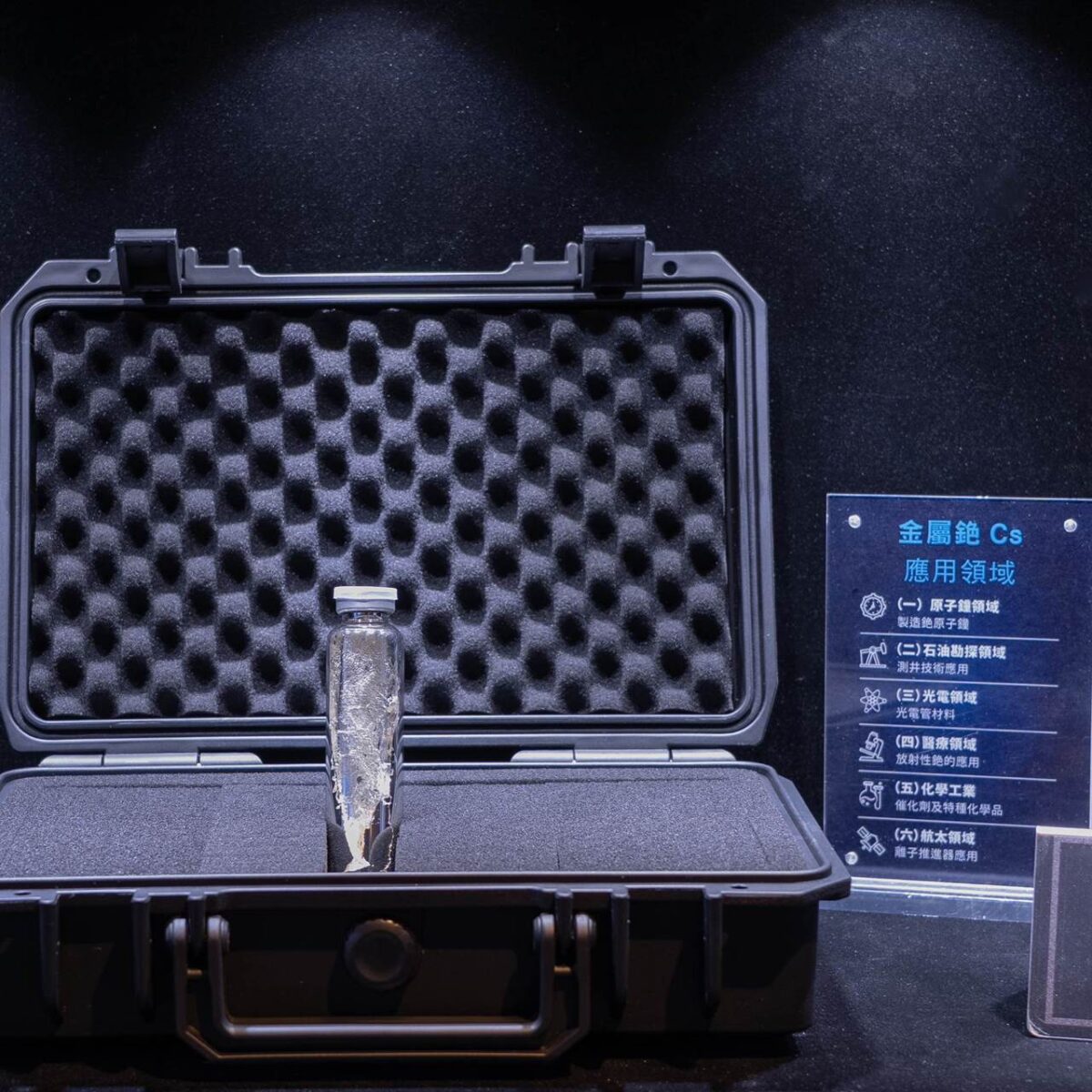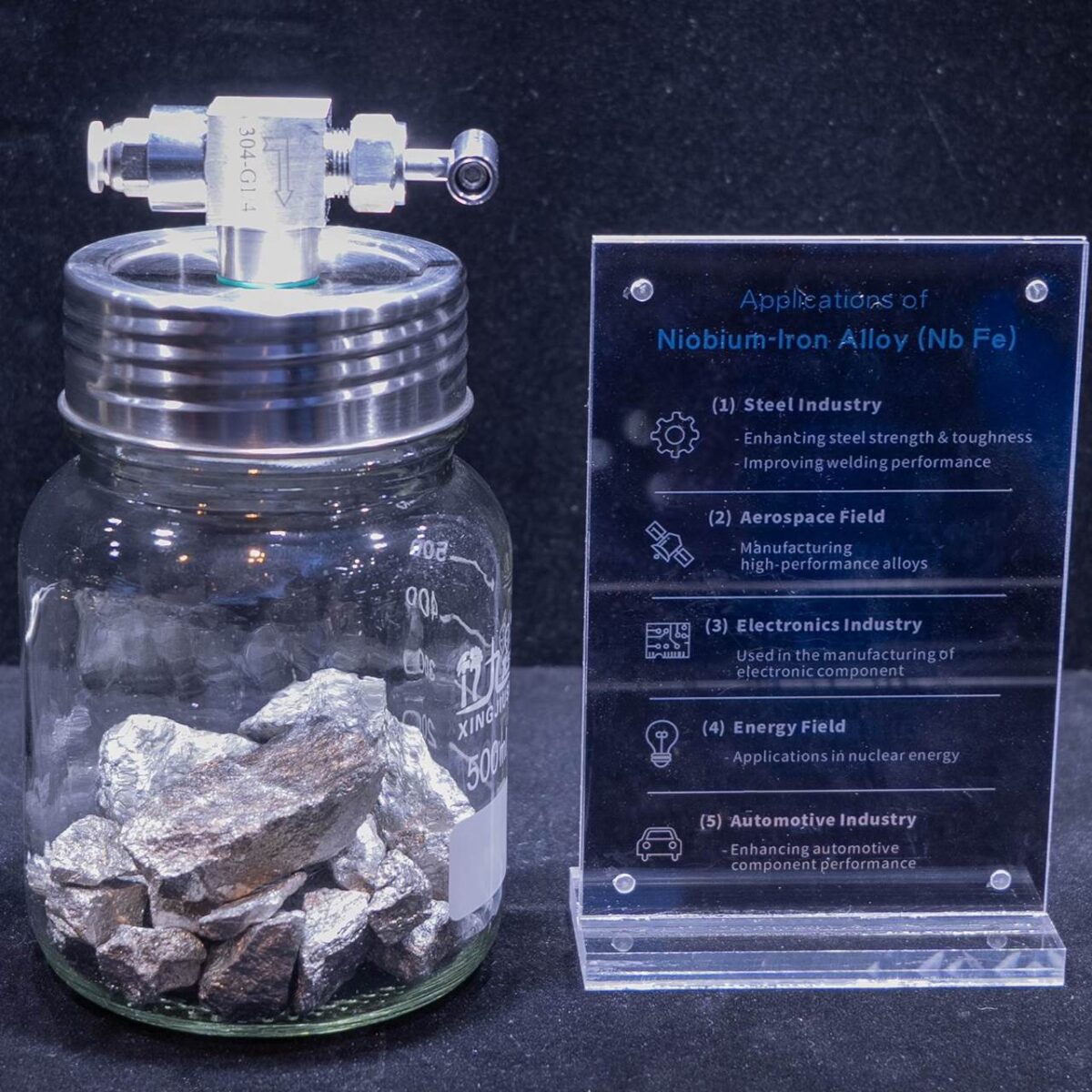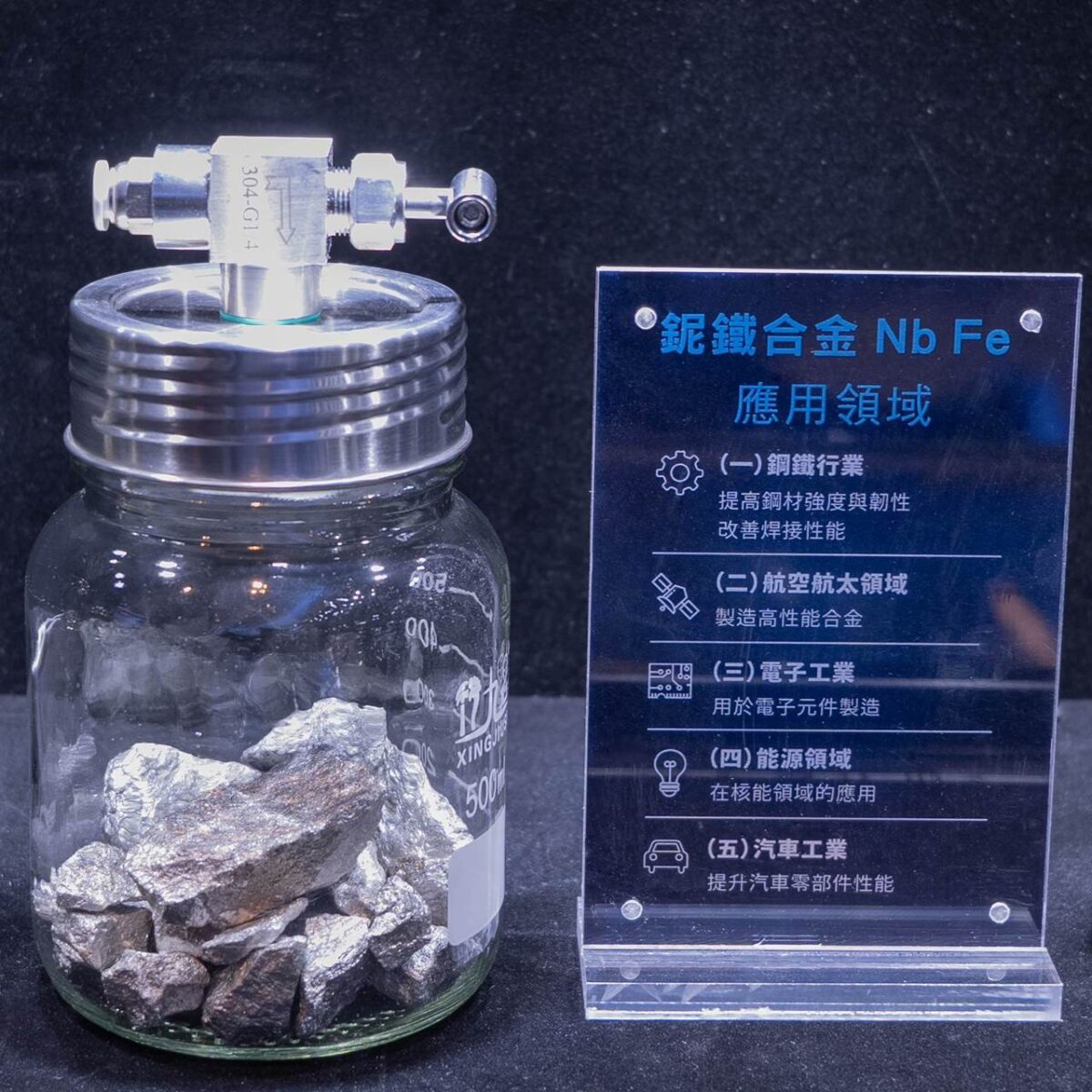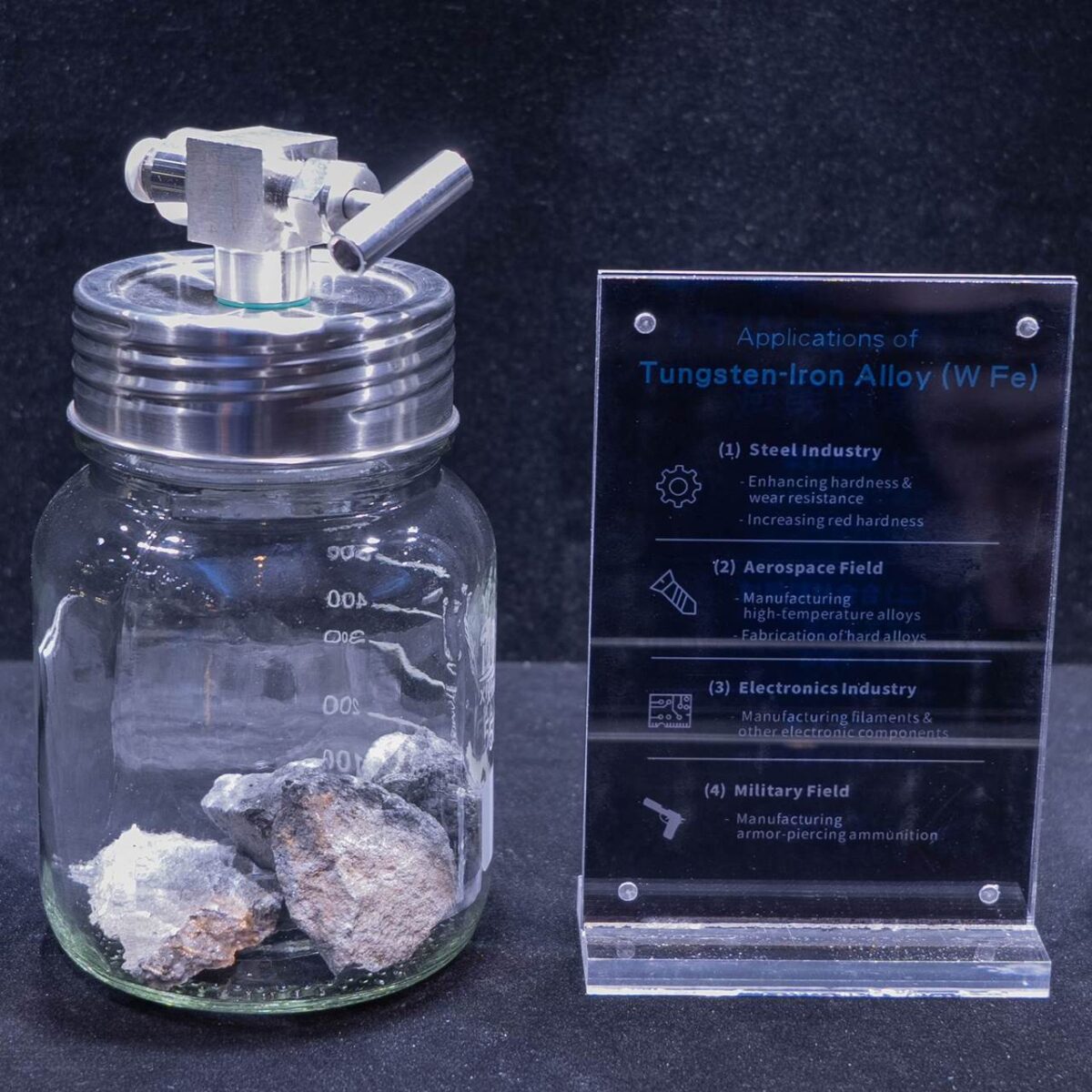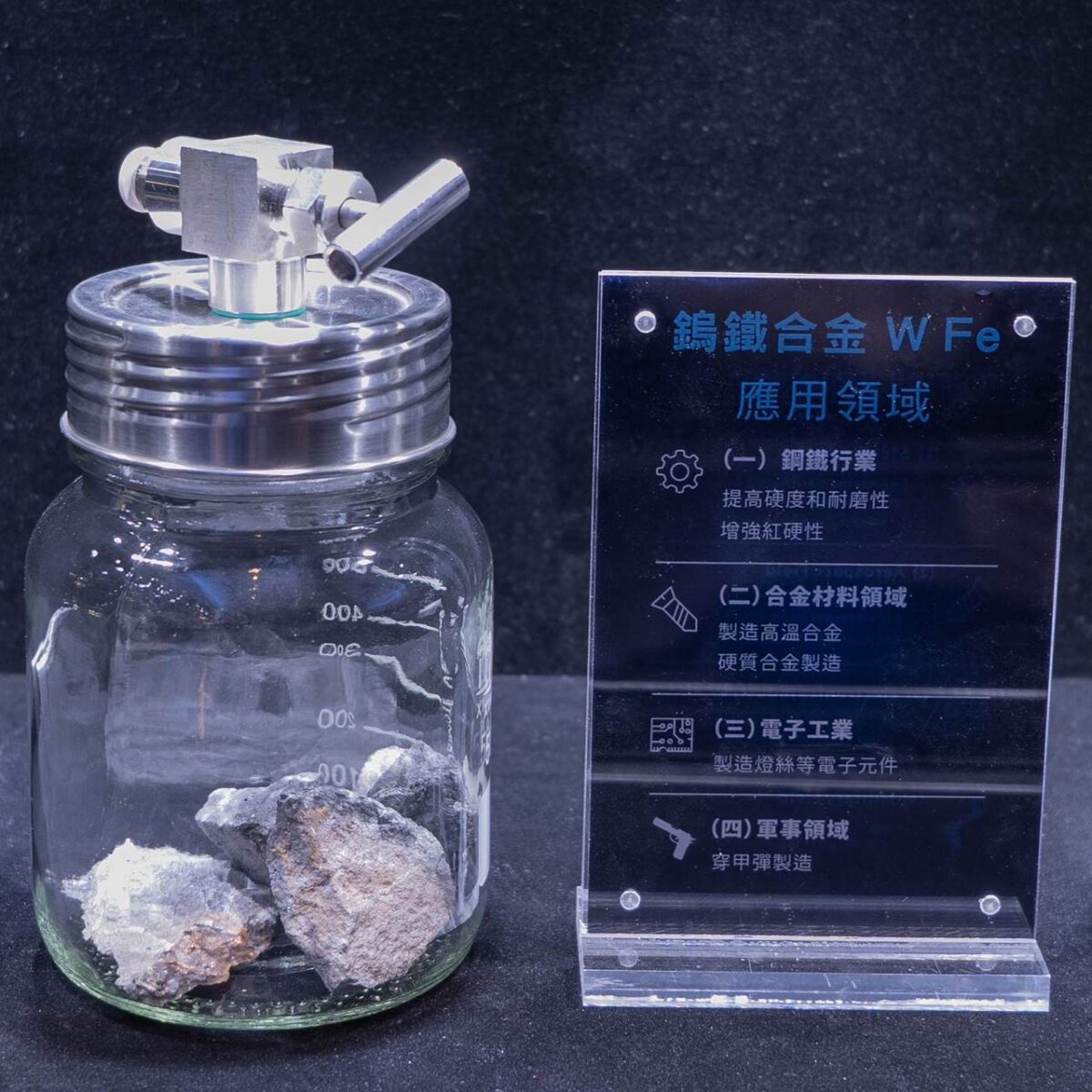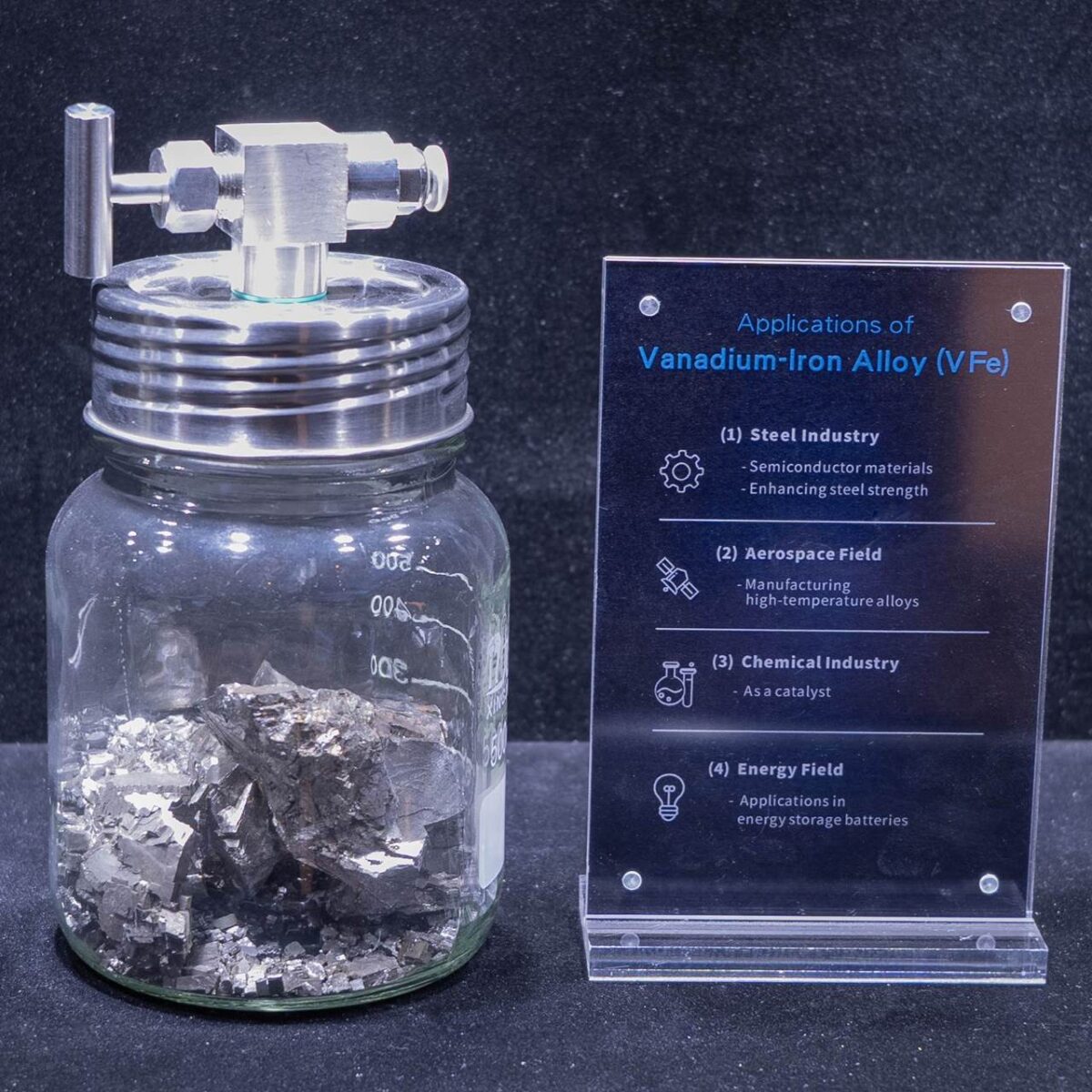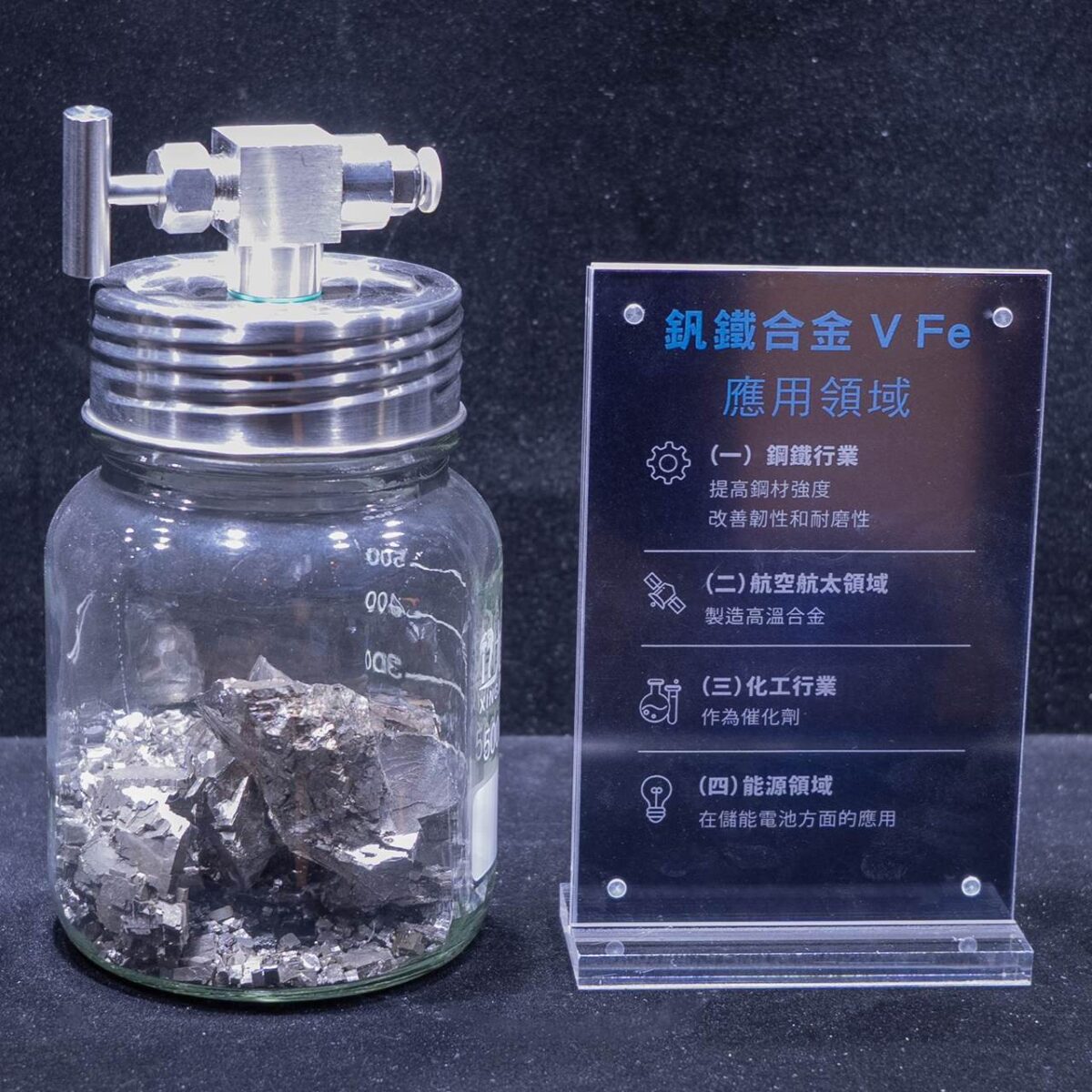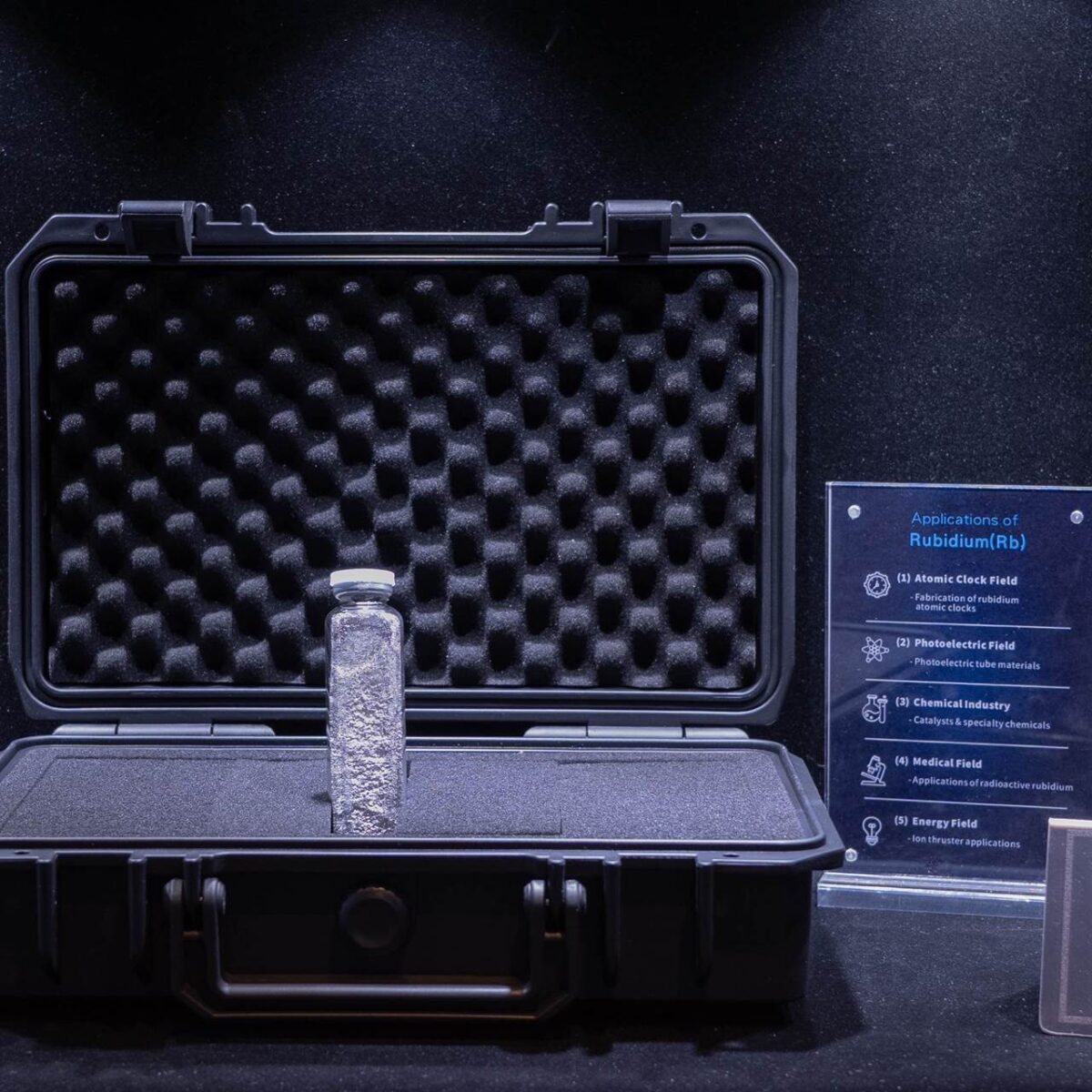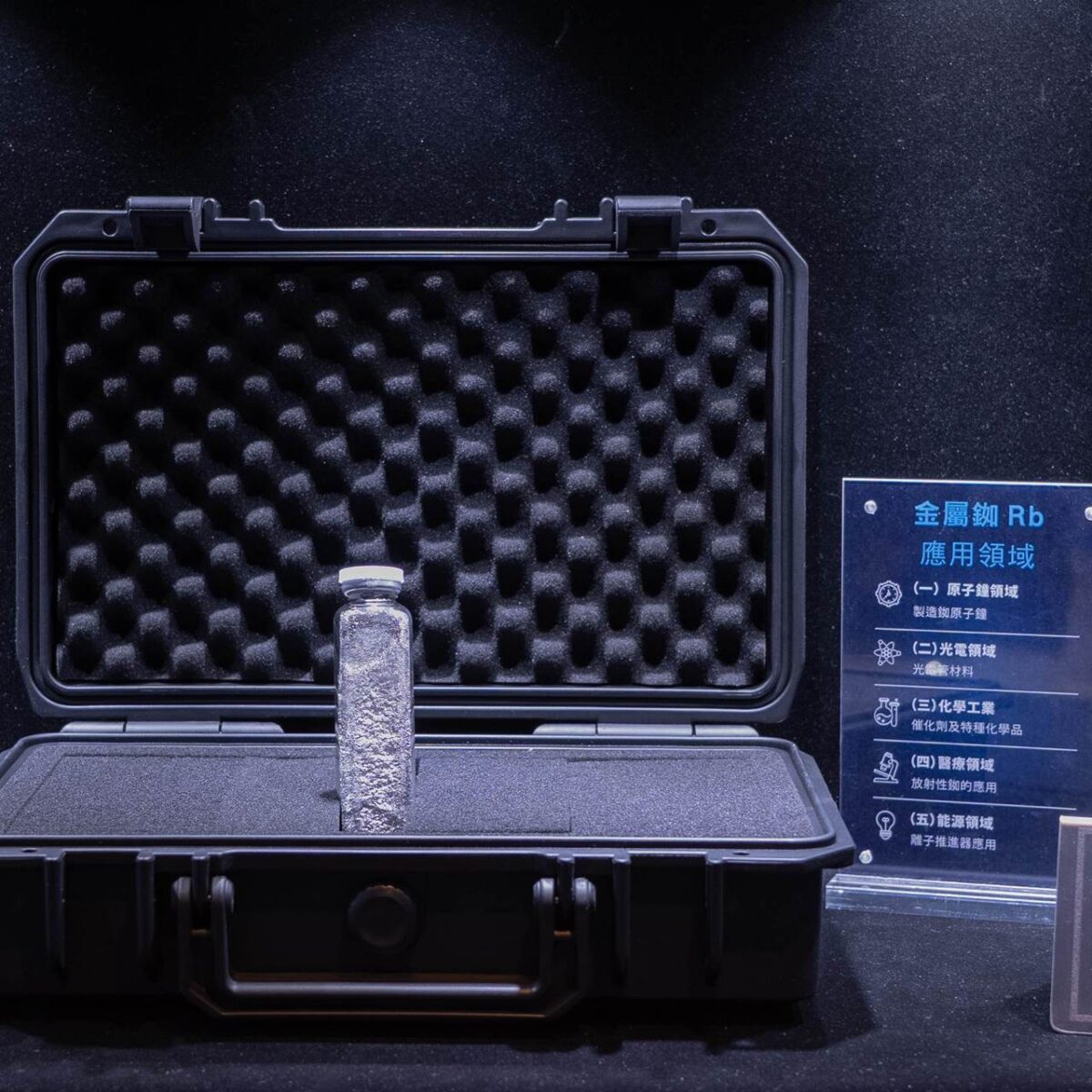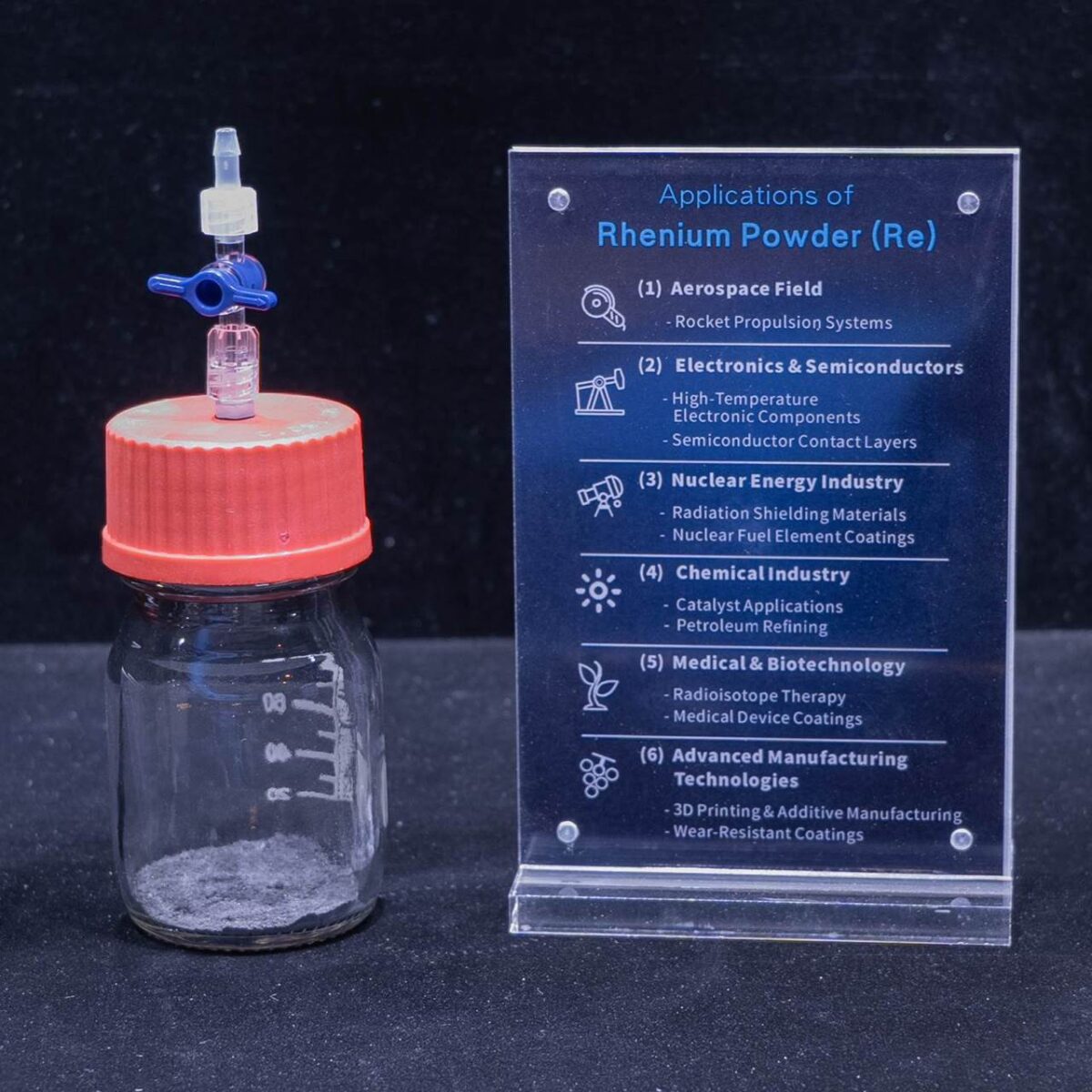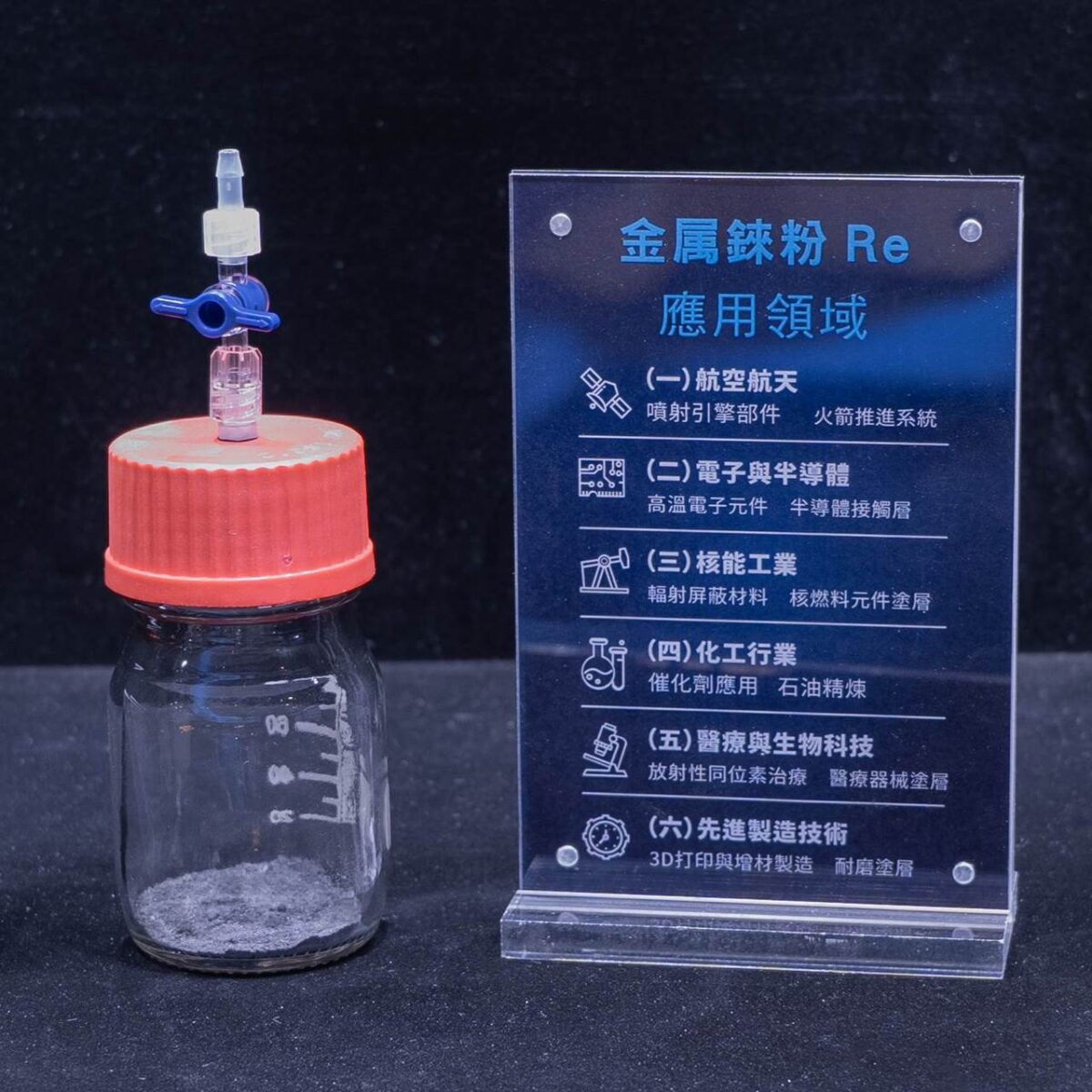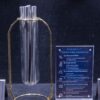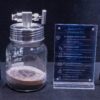Melting and Boiling Points
Germanium has a high melting point of 938.25°C and a boiling point of 2833°C. These high-temperature characteristics enable it to remain stable in certain high-temperature environments, making it suitable for processing and applications with specific temperature requirements.
Density and Hardness
Germanium has a density of approximately 5.323 g/cm³ and a moderate hardness, with a Mohs hardness of around 6. It possesses adequate mechanical properties, allowing it to withstand external forces during processing and to be shaped through various manufacturing techniques.
Ductility and Electrical Conductivity
Germanium exhibits good ductility, enabling it to be processed into thin sheets, fine wires, and other shapes to meet diverse industrial processing needs. Additionally, it is a semiconductor material with electrical conductivity between that of a conductor and an insulator. Its electrical conductivity can change significantly with temperature and impurities, making it highly valuable in the electronics industry.
Oxidation States and Reactivity
Germanium commonly exhibits oxidation states of +2 and +4 in compounds. At room temperature, Germanium is relatively stable in air, forming a slow-growing oxide layer on its surface. However, under heated conditions or in the presence of strong oxidizing agents, Germanium can react with oxygen to form Germanium oxides.
Reaction with Acids and Bases
Germanium has some resistance to common acids. For example, it reacts slowly with hydrochloric acid and dilute sulfuric acid at room temperature, but it can react with strong oxidizing acids such as nitric acid and aqua regia. In alkaline solutions, germanium can also undergo chemical reactions, especially under strong alkali and heated conditions, where the reactions are more pronounced.
Electronics Industry
Semiconductor Device Manufacturing
Germanium was one of the earliest widely used semiconductor materials and played a key role in the early development of transistors and integrated circuits. Although silicon now dominates the semiconductor field, Germanium still holds irreplaceable advantages in specific high-performance, high-frequency, and high-speed applications. For example, in the manufacturing of high-frequency electronic devices in high-speed communication and radar fields, Germanium provides better electron mobility and electrical performance, helping to increase device operating frequencies and response speeds.
Infrared Optical Devices
Due to its good infrared transmittance, germanium is widely used in the infrared optics field. It is used to manufacture key components of devices such as infrared detectors, infrared lenses, and thermal imagers, enabling the detection and imaging of infrared radiation. It has important applications in military, security, firefighting, medical detection (such as body temperature monitoring), and other fields.
Fiber Optics Communication Field
Fiber Manufacturing
In fiber optic communication, Germanium is one of the important dopants for manufacturing optical fibers. Doping germanium into quartz fibers can alter the refractive index distribution of the fibers, enabling efficient transmission of optical signals, increasing the information-carrying capacity of the fibers, and reducing signal attenuation. This has greatly advanced the development of fiber optic communication technology, making long-distance, high-capacity communication a reality.
Solar Photovoltaic Industry
Photovoltaic Cell Manufacturing
Germanium is important in the manufacturing of some high-efficiency solar photovoltaic cells. For example, in multi-junction solar cells such as gallium arsenide (GaAs), germanium is often used as a substrate material. Its advantages in lattice matching, electrical performance, and thermal stability help improve the photoelectric conversion efficiency of photovoltaic cells. Although these types of cells are relatively expensive, they are widely used in fields with high energy efficiency requirements, such as aerospace and satellites.
Chemical Industry
Catalyst Applications
Some compounds of germanium can be used as catalysts in certain chemical reactions. For example, in organic synthesis and hydrogenation reactions, germanium-containing catalysts can accelerate reaction rates and improve product quality, playing a positive role in chemical production and helping the chemical industry achieve more efficient and higher-quality production.
Medical Field
Medical Devices and Treatment
Germanium has some potential applications in the medical field. Some believe that devices made from germanium-containing materials (such as germanium stone mattresses) may have certain health benefits, although this area lacks rigorous scientific validation. In cancer treatment, certain germanium compounds are being studied as potential anticancer drugs. They may participate in biochemical processes in the human body to inhibit cancer cells, but most of these applications are still in the laboratory research stage and have not been widely used in clinical treatment.
Jewelry and Decorations
Decorative Uses
Germanium has a unique metallic luster. In the jewelry industry, Germanium can be made into distinctive decorative components or treated specially to be used in combination with other jewelry materials, adding a unique texture and style to the jewelry. This meets consumers’ demands for personalized and fashionable jewelry.
Related products
Rare Metals
Rare Metals
Rare Metals
Rare Metals

